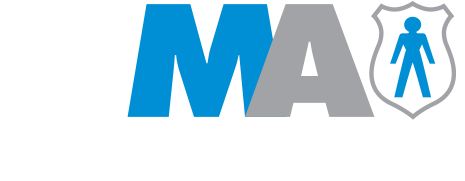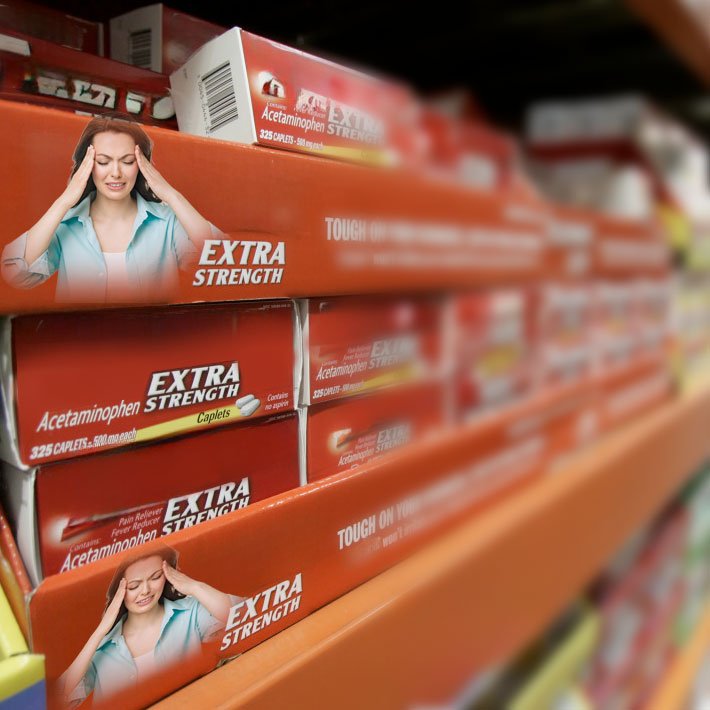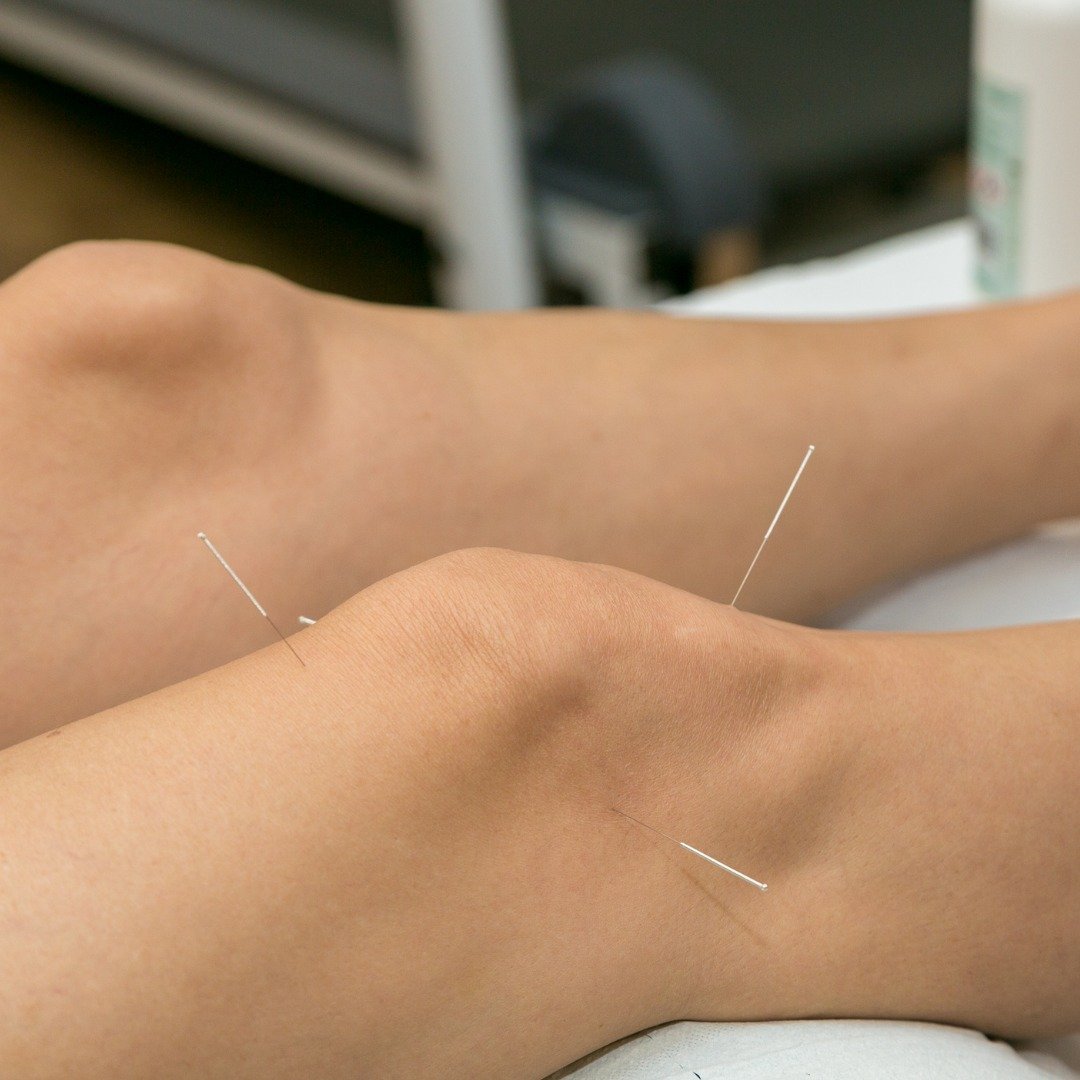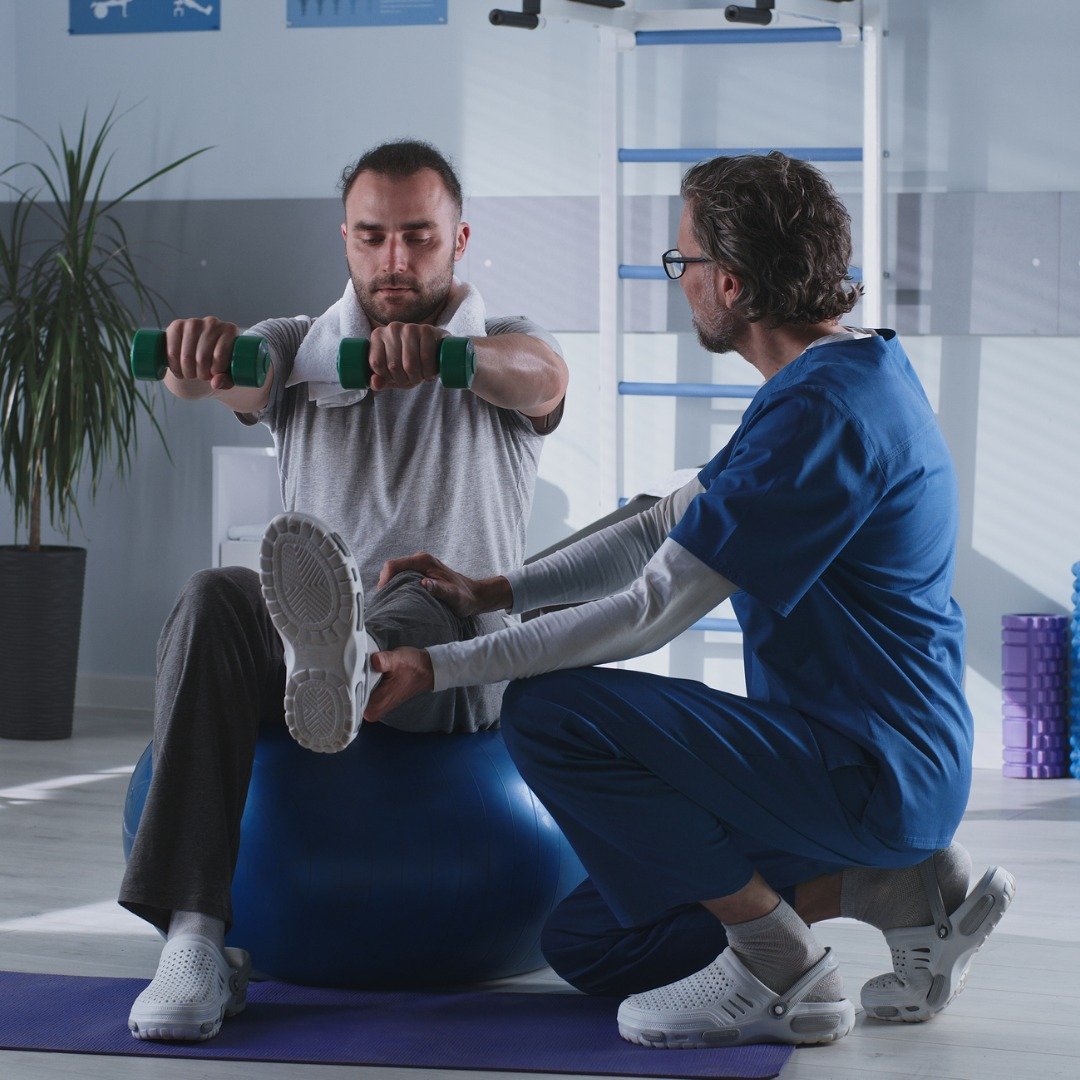MMA Newsletter:
Fentanyl, Tranq/Xylazine, Prescription Opiates, and Heroin
There are various addictive and dangerous substances that people in our community may access.
This newsletter intends to highlight these substances that cause serious health problems in the United States.
People are now able to obtain these drugs via internet sources. This process only compounds the substance abuse crisis.
“It is absolutely crucial to educate young people that pills purchased via social media, given to someone by a friend, or obtained from an unknown source may contain deadly Fentanyl.”
We are fortunate in our community to have the support of the Mahwah Police Department and its resources to help tackle this epidemic. They work tirelessly to enforce the laws on illegal drug use and possession. The Department also provides options for diversion and rehabilitative resources for individuals through the MMA resources as well as the County. The Mahwah Police Department has been a forerunner in the effective utilization of Narcan (the opioid antidote) and their officers have saved numerous lives because of it. Chief Timothy O’Hara is looking forward to working closely with the MMA to spread awareness in our community and deter the use of dangerous drugs in our shared responsibility to each other. The Mahwah Police Department recently acquired a K-9 for the frontline fight against the opioid epidemic and other dangerous drugs. This highlights the proactive approach to getting these drugs off the streets and out of the hands of our loved ones. The K-9 Unit will also work with entities in the community (MMA) for public education and demonstrations to promote awareness and deter substance abuse.
THE Education of our community is critical to help battle this crisis.
What is Fentanyl?
Fentanyl is a synthetic opioid that is up to 50 times stronger than heroin and 100 times stronger than morphine. It is a major contributor to fatal and nonfatal overdoses in the U.S. and our local tri-state area surrounding New York City.
There are two types of fentanyl: pharmaceutical fentanyl and illegally made fentanyl. Both are considered synthetic opioids. Pharmaceutical fentanyl is prescribed by doctors to treat severe pain, especially after surgery and for advanced-stage cancer.
However, most recent cases of fentanyl-related overdoses are linked to illegally made fentanyl, which is distributed through illegal drug markets in northern New Jersey and Hudson Valley, New York, for its heroin-like effect. It is often added to other drugs because of its extreme potency, which makes drugs cheaper, more powerful, more addictive, and more dangerous.
What is Xylazine or Tranq?
Xylazine is an FDA-approved veterinary drug used to sedate animals and is not approved for human use. Xylazine is not an opioid such as fentanyl to increase the euphoric effects and the duration of the other drug it is combined with.
What are the effects of Xylazine adulterated opioids?
Xylazine depresses the central nervous system; it slows heart rate, breathing, and blood pressure to dangerously low levels and can cause amnesia and drowsiness.(1)
Xylazine can also cause abscesses, skin ulcers, physical deterioration, and other complications in humans who consume it.(2)
Users can become addicted to Xylazine, and withdrawals from opioids cut with Xylazine (”Tranq Dope”) are described as more severe than typical opioid withdrawals.(3)
“In 2022, 36% of opioids seized by law enforcement in New Jersey contained Xylazine”
Prescription Opioids: What Are They?
Prescription opioids can be used to treat moderate-to-severe pain and are often prescribed following surgery or injury, or for health conditions. These medications can be used as part of treatment, but it is important to understand that using them can come with serious risks. It is vital to talk to your healthcare provider to make sure that you are getting the safest and most effective care.
What are The Most Common Prescription Opioids?
Methadone
Oxycodone
Hydrocodone
Codeine
Vicodin
Demerol
Percocet
Morphine
Fentanyl
What are the Signs & Symptoms of Opioid Abuse?
Depression
Irritability
Lowered motivation
Fatigue
Itching
Nodding off
Nausea
Confusion
Anxiety Attacks
Euphoria
Dilated Pupils
When are the Risk Factors of Opioid Abuse Greater?
History of drug abuse
Genetic predisposition
Family history of any type of addiction
Mental health issues (depression, anxiety, personality disorders)
Environmental conditions (abuse, trauma)
What are some Side Effects of Opioid Abuse?
Building up your tolerance – this means taking more of the prescription opioids.
Physical dependence – symptoms of withdrawal when the medication is stopped.
Constipation
Nausea, vomiting and dry mouth
Low levels of testosterone in men
Less energy and strength
Sleepiness and dizziness
Confusion
Depression
Alternatives to Pain Meds: Try Other Options First.
Talk to your doctor about ways to manage your pain that do not involve prescription opioids. It is possible that some of these options may work better and have fewer side effects or risks. Depending on what type of pain you are experiencing, these may be some of your options:
Acetaminophen (Tylenol)
NASIDs (Asprin, Motrin, Advil)
Exercise therapy, including physical therapy
Medications for depression or seizures
Interventional therapies (injections)
Exercise and weight loss
Cognitive therapy
Acupuncture and massage
Mindfulness/meditation
The New Jersey Overdose Prevention Act
(N.J.S.A. 2C: 35-30)
Allows individuals, either experiencing or witnessing an overdose, to seek medical attention without the fear of being arrested. This applies to someone seeking medical assistance for another, even if they have drugs or paraphernalia on their person, or if they are under the influence of drugs themselves. The law “provides legal protection in the form of immunity from arrest, prosecution or conviction for a use of simple possession drug charge when a person, in good faith, seeks medical assistance for him/herself or for another. The request for medical assistance that triggers the immunity feature may be made by means of the 911 telephone emergency system or by any other means.”
What are the Signs of Opioid Overdose?
Small, constricted “pinpoint pupils”
Falling asleep or losing consciousness
Slow, weak, or no breathing
Choking or gurgling sounds
Limp body
Cold and/or clammy skin
Discolored skin (especially in lips and nails)
How Can Prescription Drug Abuse Lead to Heroin Use?
While heroin is illicit and opioid pills such as oxycontin are FDA-approved, each is derived from the poppy plant. Their chemical structures are highly addictive opioids, like fentanyl, and are totally synthetic but designed to bind with those same receptors. These various drugs produce the same result: an increase in pain tolerance and a sense of euphoria, along with drowsiness, occasional nausea, and at higher doses, a slowing of the user’s breathing. All these drugs trigger “tolerance” – the need to take higher doses for the same effect – and a craving for the drug in its absence. It is precisely because there are so many similarities that pain pill addicts frequently turn to heroin when pills are no longer available to them.
Heroin is usually cheaper than prescription drugs. Opiate pain medications cost the uninsured about $1 per milligram; so a 60-milligram pill will cost $60. You can obtain the equivalent amount of heroin for about one-tenth the price. In more affluent areas, such as Bergen County, NJ, there are a greater number of guardians who have full coverage healthcare and therefore have a greater number of expensive prescription pills at their disposal and in their homes.
What is Heroin?
Heroin is an opioid drug that is synthesized from morphine a naturally occurring substance extracted from the seed pod of the Asian opium poppy plant. Heroin usually appears as a white or brown powder or as a black sticky substance known as "black tar heroin". Because heroin abusers in northern New Jersey do not know the actual strength of the drug or its contents, they are at risk of overdose or death. Heroin is usually "cut" with other drugs (fentanyl) or with substances such as sugar, starch powdered milk, or quinine. It can also be cut with Strychnine or other poisons.
How is heroin used?
Heroin can either be injected, inhaled by snorting or sniffing, or smoked. All three routes of administration deliver the drug to the brain very rapidly and contribute to its health risks and its high risk for addiction for our neighbors in Ramsey, NJ and beyond. Addiction is a chronic relapsing disease caused by changes in the brain and characterized by uncontrollable drug-seeking, no matter what the consequences.
Warning Signs of Teen Substance Abuse
Certain symptoms and behaviors are warning signs for substance use in Bergen County, NJ teens, although they may also indicate other problems, such as depression.
The Mahwah Municipal Alliance (MMA) is a nonprofit 501c3 committed to offering programs, initiatives, and information regarding such life-changing issues. Please share this newsletter with friends and family near Mahwah, NJ and suggest they visit our updated website at mahwahalliance.org for more information and a new downloadable listing of resources. We encourage you to contact our Community Substance Abuse Liaison, Dana Romano at 845-548-8781 if you are struggling with addiction.
The content of this newsletter is for informational purposes only. Please consult your doctor for a diagnosis and treatment for your individual mental health. If you are experiencing a medical emergency, are in danger, or are feeling suicidal, Call 911 immediately!
2. U.S. Food and Drug Administration, FDA Warns Aboud the Risk of Xylazine Exposure in Humans (November 2022).
3. Drug Enforcement Administration, The Growing Threat of Xylazine and its Mixture with Illicit Drugs (October 2022).
















